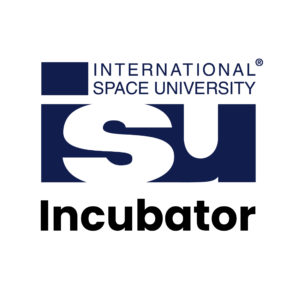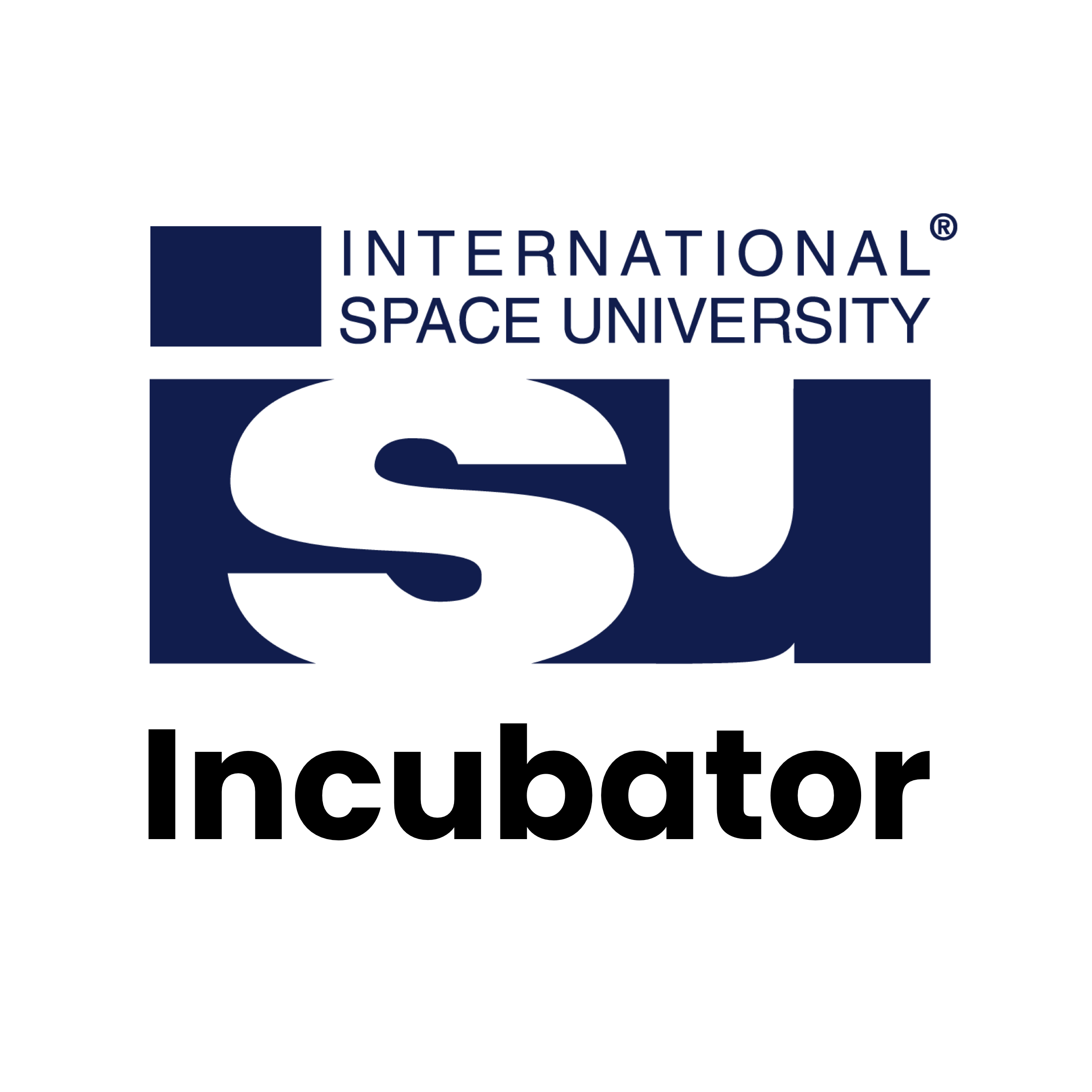In the Team Project (TP) experience, Space Studies Program participants work in interdisciplinary and intercultural teams to produce either a comprehensive analysis and proposal for an international space project or work on a topic relevant to the professional space sector, both are real-world studies often sponsored by space agencies, research organizations or private companies. During SSP22, a total of 170 Team Project slots are allocated for five Team Projects. And participants can choose between the following five TP topics!
What are the five SSP22 Team Projects?
- Space for Non-Space
- Space Ocean Climate Interaction
- Microgravity Business – Space R&D for the Benefit of Society
- International Cooperation on the Use of the Chinese Space Station
- New Methodologies in the Search for Life (Virtual)
1min read – SSP22 TPs in a nutshell
- Space for Non-Space
Sponsored by AWS – Amazon Web Services
This TP focuses on space data collection and distribution. The team will understand the current and future space downstream markets, recognize future trends and challenges, and identify business opportunities.
- Space Ocean Climate Interaction
Sponsored by AWS – Amazon Web Services
This TP promotes an integrative approach to space ocean and climate in the Atlantic and other oceans, supported by emerging technological innovations and advances in data science.
- Microgravity Business – Space R&D for the Benefit of Society
This TP challenges participants to find the next big advances enabled by microgravity research. Considering the current developments, this Team Project will cohesively bring together a large interdisciplinary effort and propose a pathfinder experiment that could fly in LEO on existing and/or near-term platforms.
- International Cooperation on the Use of the Chinese Space Station
Sponsored by Technology and Engineering Center for Space Utilization, Chinese Academy of Sciences (CSU,CAD)
This TP on the International Cooperation on the Use of the China Space Station (CSS) identifies the main scientific and engineering focus areas for cooperation, proposes possible flight opportunities for international astronauts and/or payload engineers, and proposes communication, outreach, and educational approaches for international programs.
- New Methodologies in the Search for Life (Virtual)
This TP assesses the probability of life in a more structured way to narrow the mission design option space using analyzed data sets providing scientists and engineers with new space missions to search for life in the most promising locations with an optimized array of sensors.
8min read about SSP22 Team Projects
- Space for Non-Space
Sponsored by AWS – Amazon Web Services
The more digital and connected our society becomes and the more aware we are of the causes and effects of climate change and other local and global humanitarian challenges that we are facing, the closer Space gets to Earth, allowing space and non-space sectors to be able to push each other’s innovation and development. The growth of the number of satellites orbiting our planet and the radical decrease in access to space costs are leading to an increase in the amounts and variety of data available, which opens a door to many innovative applications that drive the commercialization of space. To take advantage of an increasing resource that can be key to adding value to life on Earth, it is essential to understand the needs and trends of non-space sectors and explore the possibilities for satellite data applications (downstream).
The Team Project focuses on space data collection and distribution. The team will analyze the current and future space downstream markets, recognize future trends and challenges, and identify business opportunities.
Chair: Gary Martin
Associate Chair: Carolina Garcia Vieira de Sá
Associate Chair : Raphael Roettgen
Teaching Associate : Camilo Reyes
- Space Ocean Climate Interaction
Sponsored by AWS – Amazon Web Services
The Ocean is the birthplace of our species and essential to our survival. It is responsible for producing approximately one-third of oxygen on Earth and allows the regulation of Earth’s climate. The oceans are also an important source of food and 10% of the world’s population depends on them. Since the advent of space in 1958 humans have learned to use satellites to observe our planet. Nowadays Earth observation systems help us to map the ocean floor, forecast the weather, track marine vessels, and predict natural disasters amongst other relevant use cases. Portugal has established itself as a centre of expertise in ocean sciences. The Team Project will provide a report that can serve as a guideline for decision-makers to further develop ocean-themed decentralized international ecosystems. It should promote an integrative approach to space, ocean, and climate in the Atlantic and other oceans, supported by emerging technological innovations and advances in data science. It should also consider the setup and advantages of the planned satellite constellation. The reports should further contain clear recommendations to increase the chances of success of such endeavors.
Chair: Jan Walter Schroeder
Associate Chair: Kyoichi Arakane
Associate Chair: João Jesus
Teaching Associate: Roberto Adolfo
- Microgravity Business – Space R&D for the Benefit of Society
Right now, research in microgravity has the chance to bring essential benefits for society. Commercial space is reaching a critical point where access is affordable and research platforms are mature and available. Opportunities for great advances across the number of impactful and lucrative areas are no longer limited, and this Team Project challenges participants to find the next big advances enabled by microgravity research. What problems need to be solved and what is the vision to solve them? What type of research needs to be performed? What types of space hardware, engineering, and flight operations are necessary? Does the research have a clear commercialization path? What is the business case that will justify the high initial costs? Considering these issues and more, this Team Project will cohesively bring together a large interdisciplinary effort and propose a pathfinder experiment that could fly in LEO on existing and/or near-term platforms.
Chair: Dr. Veronica La Regina
Associate Chair: Justin Karl
Associate Chair: Joan Alabart
Teaching Associate: Shrrirup Nambiar
- International Cooperation on the Use of the Chinese Space Station
Sponsored by Technology and Engineering Center for Space Utilization, Chinese Academy of Sciences (CSU,CAD)
The Team Project on the International Cooperation on the use of the China Space Station (CSS) will explore how to optimize international cooperation concerning research and education on CSS. The utilization opportunity is open to all countries, organizations and private entities, and it will provide flight opportunities from around the world with the opportunity to conduct space science experiments in orbit. CSS aims to become a national space laboratory at an international advanced level in the operation period. The research disciplines of CSS including space medicine, space life science & biotechnology, space physics & space environment, astronomy in space, microgravity fluid physics & combustion, fundamental physics in microgravity, earth science in space and material science in space. In regard to the utilization support capability of CSS, there are 16 inboard experiment racks to support space science research. This Team Project will identify the main scientific and engineering focus areas for cooperation, propose possible flight opportunities for international astronauts and/or payload engineers, and propose communication, outreach, and educational approaches for international programs.
Co-Chair: Dr. Yang Yang
Co-Chair: Prof. Gongling Sun
Teaching Associate: Ales Nohel
- New Methodologies in the Search for Life (Virtual)
The objective of Team Project “New Methodologies in the Search for Life” is to explore the use of new tools in the search for life that will help in the assessment of where are the best places to search for life. New tools may be able to provide new insights by analyzing and correlating the existing data collected from past space missions within the Solar System and data collected by Earthbound sensors. From this analysis new mission strategies could be developed that would offer higher probabilities of solving the mysteries of whether there is life beyond our own planet. Space missions are inherently complex, and they are becoming more difficult to optimize as more and more advanced spacecraft capabilities and sensor package options become available.
This Team Project will investigate the myriad of choices available today and give the mission designers many variables to choose from. With new tools used to assess the probability of life in a more structured way, it may be possible to narrow the mission design option space using analyzed data sets providing scientists and engineers with new missions to search for life in the most promising locations with an optimized array of sensors.
Chair: Dr. Jacob Cohen
Associate Chair: Alex Ryan
Teaching Associate: Thomas Chretien
What is the link between the SSP22 patch and the TPs?
This design of the SSP22 patch was created around the original Portuguese brass astrolabe, encompassing references to the unique Team Projects of the SSP22 cohort.
- Space for Non-Space is represented by the Earth surrounded by all other space representations around the patch.
- Space-Ocean-Climate Interactions is represented by the sun, sky, and sea in the left two quadrants of the patch.
- Microgravity Business – Space R&D for the Benefit of People is represented by the orbiting satellite in the middle right quadrant.
- International Cooperation on the Use of the China Space Station is represented in the lower right quadrant.
- New Methodologies in the Search For Life is represented by the DNA in the upper right quadrant.
Where can I find previous TPs?
More than 150 team projects are available free of charge on ISU’s library website.
You can access them directly by clicking here.
Any post SSP TP activities?
ISU alumni regularly present the SSP Team Project results at international conferences like the International Astronautical Congress (IAC22 Paris for example)
and meetings like during the Committee on the Peaceful Uses of Outer Space, United Nations for Outer Space Affairs (COPUOS – UNOOSA).
Can I watch live the final presentation of each SSP22 TP?
Yes! You can watch the live presentations of those TPs on ISU’s Youtube channel.

